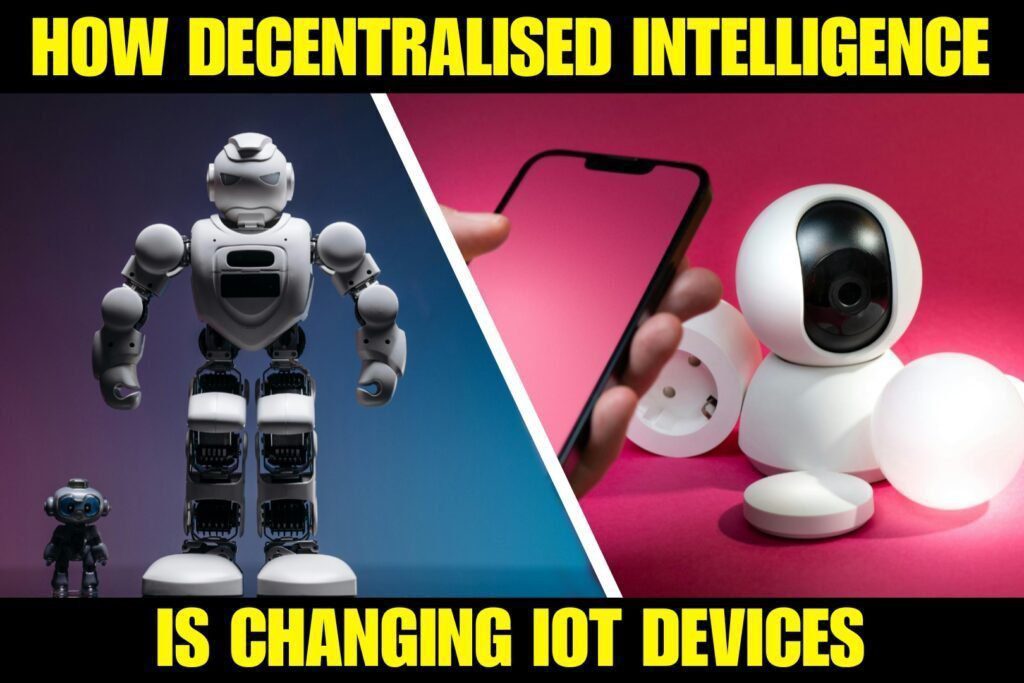As digital data continues to grow exponentially—crossing over 120 zettabytes in 2025—the tech industry faces a crisis: traditional storage methods like magnetic tapes, hard drives, and SSDs cannot keep up with the sheer scale, longevity, and energy efficiency required. Amid this looming challenge, scientists and technologists are turning to biology for answers. The result? DNA data storage—a revolutionary approach that treats genetic molecules as information carriers.
This fusion of biotechnology and computer science is reshaping how we think about memory, long-term archiving, and even computation itself.
Why DNA? Nature’s 3.5 Billion-Year-Old Storage Medium
DNA is an incredibly dense, stable, and energy-efficient molecule capable of storing gigabytes of data in a single drop of liquid. The properties that make DNA attractive for data storage include:
- Density: 1 gram of DNA can store ~215 petabytes of data.
- Longevity: DNA can last thousands of years when stored properly (unlike magnetic or flash storage).
- Energy efficiency: No power is needed to maintain data once encoded.
- Portability: Extremely compact and lightweight.
If we digitize the genetic metaphor: DNA has four “bases” (A, T, C, G), comparable to binary bits. These can be used to encode digital information by translating binary data into sequences of these letters.
How DNA Data Storage Works
The process of storing and retrieving data using DNA involves several key steps:
1. Encoding the Data
Digital data (in binary) is translated into DNA code. For instance:
- 00 → A
- 01 → C
- 10 → G
- 11 → T
Sophisticated algorithms like DNA Fountain optimize this conversion to reduce errors and maximize information density.
2. Synthesizing the DNA
Once the sequence is defined, custom DNA strands are synthesized in a lab using chemical methods.
3. Storing the DNA
The DNA can be dried and stored in stable conditions (e.g., glass capsules, cold storage) for centuries without degradation.
4. Reading the DNA
To retrieve the data, the DNA is sequenced—meaning the base order (A, T, C, G) is read using tools like nanopore or Illumina sequencers. The sequence is then decoded back into binary data using the encoding scheme.
5. Error Correction
Because synthesis and sequencing can introduce errors, robust error-correcting codes (ECC) are applied to ensure data integrity.
Real-World Progress and Breakthroughs (as of 2025)
- Microsoft & University of Washington created a fully automated DNA data storage system capable of writing and retrieving short clips and documents.
- Catalog DNA developed a “molecular hard drive” prototype that can store terabytes and retrieve content with an interface resembling traditional APIs.
- Twist Bioscience and Illumina are advancing DNA synthesis and sequencing speeds while driving down costs, making the tech more commercially viable.
- In 2023, ETH Zurich successfully encoded and retrieved the full contents of a 100 MB blockchain ledger onto DNA.
Challenges Hindering DNA Storage Adoption
Despite its promise, several barriers must be overcome before DNA data storage becomes mainstream:
| Challenge | Current Limitation |
|---|---|
| Cost | Synthesizing DNA costs hundreds to thousands per MB. |
| Speed | Writing to and reading from DNA is still significantly slower than electronic storage. |
| Standardization | No universally adopted encoding/decoding formats yet. |
| Scalability | Laboratory synthesis and sequencing pipelines aren’t yet scalable for exabyte loads. |
| Data retrieval | Non-random access makes finding specific files difficult compared to hard drives. |
However, ongoing breakthroughs in enzymatic synthesis, nano-pore sequencing, and computational biology are accelerating progress.
Use Cases Emerging in 2025 and Beyond
📜 Cold Archival Storage
DNA is ideal for storing critical data that must be retained for decades or centuries—like government records, medical history, or cultural archives.
🌍 Climate-Resilient Data Centers
With DNA requiring no electricity once written, it is suited for zero-power archival in extreme environments or developing regions.
🚀 Space Missions
NASA and ESA are researching DNA storage for long-duration missions due to its durability in radiation-prone environments.
🎨 Art & Cultural Preservation
Artists have encoded movies, books, and even NFTs into DNA. For example, an entire copy of The Wizard of Oz was encoded into bacterial DNA in 2024.
Beyond Storage: Bio-Computing and DNA Logic Gates
DNA is not only a storage medium—it can also perform computations. This has led to:
- DNA computers: Devices that use molecular reactions for logic operations, potentially outperforming silicon in parallelism.
- CRISPR-based processors: Leveraging gene editing as a computation method.
- Synthetic biology frameworks: Merging DNA storage with biological circuits for sensing, diagnostics, and actuation.
Researchers at Caltech, MIT, and Stanford are exploring DNA origami and molecular computing platforms that execute basic algorithms within chemical environments.
Who’s Investing in the DNA Storage Race?
| Company/Institution | Focus Area |
|---|---|
| Microsoft Research | Fully automated DNA storage pipelines |
| Catalog DNA | Enterprise-grade synthetic molecular storage solutions |
| Twist Bioscience | DNA synthesis at scale, cloud storage partnerships |
| Harvard Wyss Institute | DNA data computing and DNA logic systems |
| Google DeepMind (speculative) | Research on hybrid AI-biocomputing systems |
Governments and cloud giants like Amazon and the NSA are also rumored to be funding research for national security and deep archival storage.
The Road Ahead: From Silicon to Synthetic
We are entering an era where biological systems and digital computation are merging in unprecedented ways. DNA storage may not replace SSDs or RAM for everyday use—but it redefines the limits of long-term memory.
Future breakthroughs will likely include:
- Real-time DNA read/write interfaces
- Portable DNA storage devices
- DNA-as-a-service APIs for cloud platforms
- Hybrid silicon–bio storage stacks for critical systems
As Moore’s Law slows and storage demands skyrocket, the age-old molecule that once only stored the code of life is now being coded with our digital civilization itself.
The dawn of bio-computing is not just near—it’s already written in our DNA.


